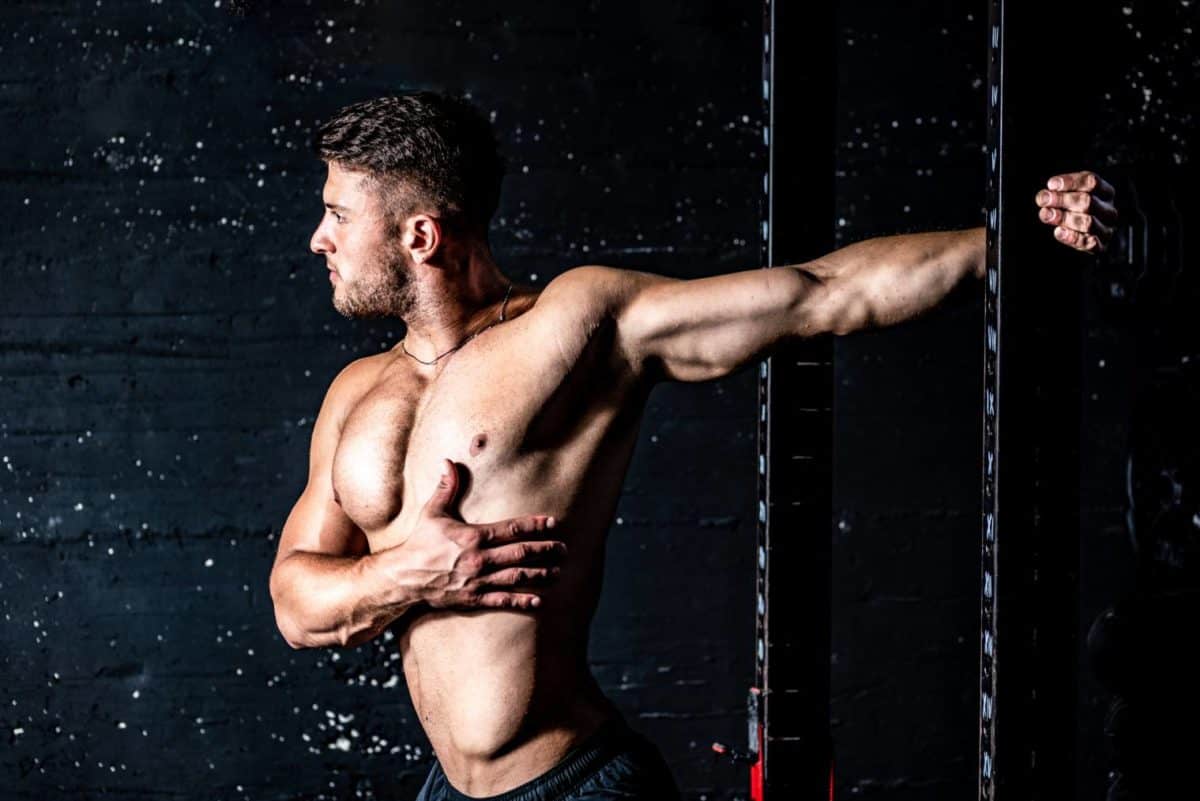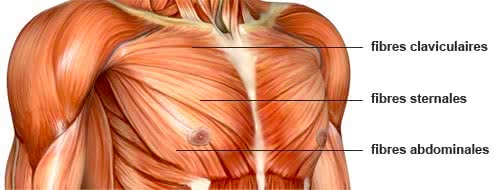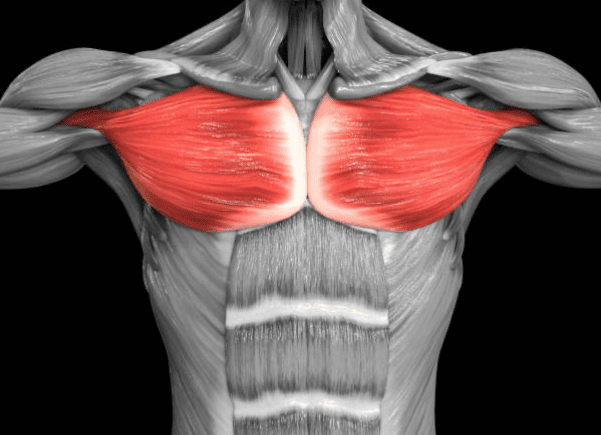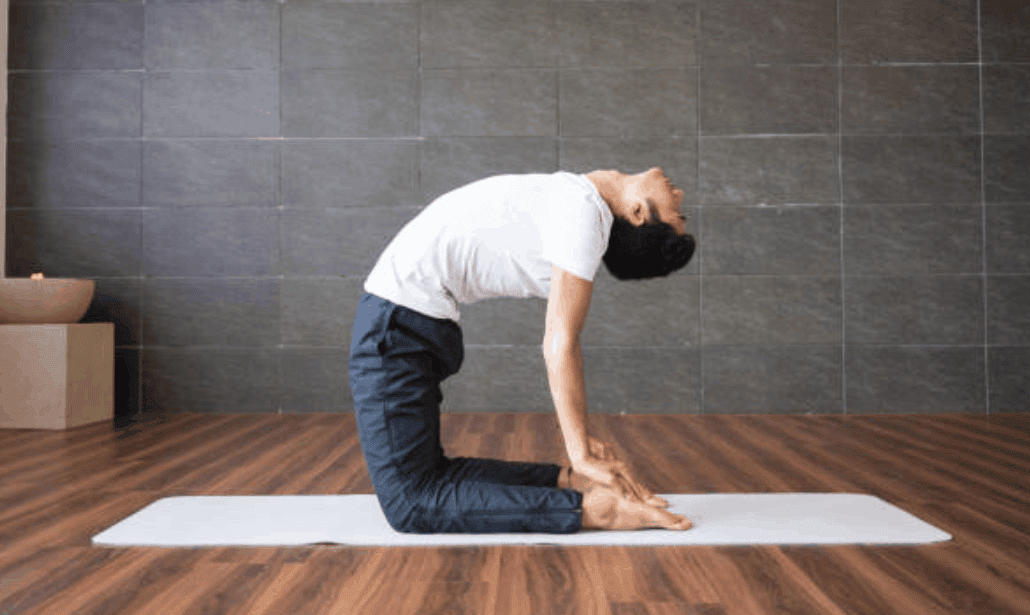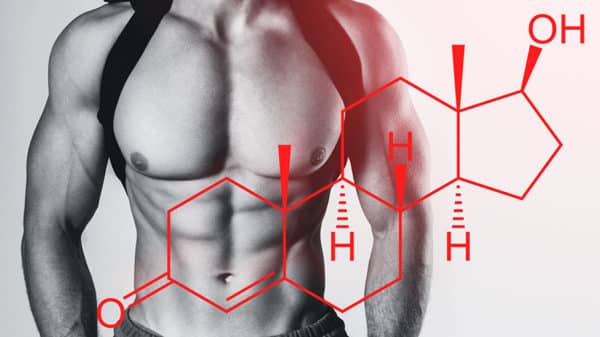The pecs are the focus of many people who train regularly to make them stronger. However, having supple pecs, especially through stretching, gets less attention. Yet stretching with your exercises is very important to correct your posture, reduce the risk of injury and allow your muscles to recover after exercise. I will provide you with more details on the subject in the following lines. I will also present you some easy pectoral stretching exercises to do at home.
What is the point of stretching the pectoral muscles?
The pectorals are the primary muscles of the chest: the pectoralis major and minor. The first is a large fan-shaped muscle that comprises most of the chest wall. In addition to keeping your arm attached to your body, this muscle is responsible for flailing, pressing and lifting. In turn, the The pectoralis minor is smaller and flat. It is located under the pec major and is intrinsic to the function of the shoulder. Here are a few reasons why I think you should make a habit of stretching your muscles.
Straighten your posture
Strong pecs encourage you to stand up straight for show some muscles carved. Stretching the pecs relieves their permanent contraction when sitting. In fact, a chronically tight chest contributes to rounding of the shoulders and upper back. This poor posture compromises your breathing because it is difficult to fill your lungs completely when compressed.
In addition, having your back arched in this way reflects a certain lack of self-confidence and can sometimes cause neck and shoulder pain. You may also find it difficult to throw your arms over your head when your pecs are very tight.
Improves function
Strong pectoral muscles contribute to build overall upper body strength. They improve your ability to push heavy weights like a heavy bar, a couch or a broken down car for example. Stretching your pecs is also useful in sports, as it allows you to have athletic qualities to push and hold the opponent when playing rugby for example.
The pecs and shoulders are linked to throwing and swinging actions. So strong pecs can also help you in your weekly softball league, a weekend tennis match or when playing golf with colleagues.
An aesthetic asset
Stretched pectoral muscles improve the figure and appearance. Men who go to the pool on a hot day know the value of strong pecs. They look strong and confident, which makes it easier for them to attract the attention of the opposite sex. One study found that women's and men's perception of the ideal male body, designed using 3D computer modeling, includes a large, muscular chest size that creates an overall V-shaped torso.
5 exercises to stretch your pecs
Chest stretches should never hurt. If a stretch causes pain (relative to tension), it's probably because you're not doing the right movements. To help really loosen up the chest muscles, be consistent.
Stretch daily or fairly often for two minutes or more per movement. Of course, it will first be necessary to warm up your pectoral muscles before starting the exercises. This is an often neglected step, yet it is essential to reduce the risk of muscle injury. This stage allows the body to prepare itself for the physical effort to come. Thus, it will be more inclined to perform different exercises.
Stretching your pectoral muscles only takes a few minutes a day, after which you will feel better. Here are 5 of the best exercises that will help you.
Stretching the wall
Stretching your pecs against a wall is simple and effective.
- Stand against the outside corner of a room or in a doorway. Bend your right elbow at a 90 degree angle so that your upper arm is parallel to the floor at shoulder height.
- Place your right forearm against the corner of the wall with your left side open to the room.
- Gently press your right forearm as you lean your left side into the open space of the door or room to feel a stretch in your right pec. Hold for 15 to 20 seconds and return to your starting position. Repeat on the other side.
Pectoral stretch with hands behind the back
This chest stretching exercise also allows you toopen the front of the shoulders to counteract the time we spend sitting.
- Stand up straight with your feet hip-width apart and your hands at your sides.
- Keeping your chest up throughout the movement, interlace your fingers behind your back.
- Pull your shoulder blades down your back and straighten your arms as you continue to lift your chest and look up to the ceiling.
- Hold the position for 15 secondsThen gently release the clasp with your hands.
Stability ball stretch
If you have access to a balloon stability, also known as the Swiss balloon "This passive stretch should be part of your routine.
- Lie with your back supported by the stability ball. Plant your feet firmly on the floor, a comfortable distance from your hips.
- Open your arms at your sides and let them hang down to feel a stretch in your chest muscles. Hold the position for 20 to 30 seconds.
Laying the camel
With several possible modifications for this yoga pose that opens the chest, you can find a variation that suits your current range of motion.
- Kneel on the floor with your knees hip-width apart and your hands at your waist. Your toes can be bent or the tops of your feet can be flat against the floor.
- Slowly move back to your left heel with your left hand and follow with your right hand and right heel. If this is too difficult, simply keep your hands on your lower back.
- Keeping your chest up, shoulders back and trunk engaged, slowly push your hips forward, making sure to keep your chin down. If you are still comfortable with the posture, you can slowly release the head back.
- Hold for at least five breaths and slowly reverse the movement.
Standing chest expansion
For this exercise, you will definitely need a hand towel. This will help you fill the space between your hands if your tight chest prevents you from squeezing them.
- Stand with your feet apart and bend your knees slightly.
- Interlace your fingers behind your tailbone.
- Push back with your intertwined hands while opening your chest outward and upward. The further you move your clasped hands away from your tailbone, the greater the intensity.
Do you want to follow a specific program for this muscle?
Articles to read :
How to stretch after a workout?

